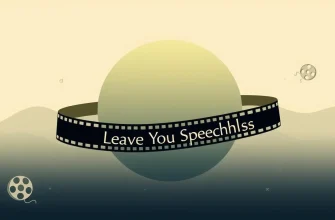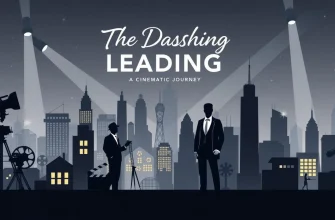Latin American cinema has long been a treasure trove of compelling stories, rich cultural narratives, and innovative filmmaking. This curated list of the best Latin American films offers a window into the diverse and vibrant world of cinema from this region. Each film has been selected for its unique contribution to global film culture, its storytelling, and its ability to resonate with audiences worldwide. Whether you're a cinephile or a casual viewer, this collection promises to enrich your understanding of Latin American culture and its cinematic achievements.
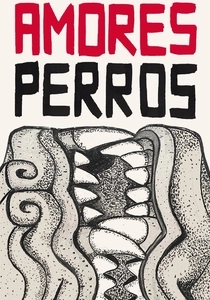
Amores Perros (2000)
Description: Alejandro González Iñárritu's debut feature intertwines three stories in Mexico City, exploring themes of love, fate, and the interconnectedness of lives. Its gritty realism and non-linear narrative structure have made it a touchstone of modern Mexican cinema.
Fact: The film was nominated for Best Foreign Language Film at the Academy Awards, marking a significant achievement for Mexican cinema.
 Watch Now
Watch Now 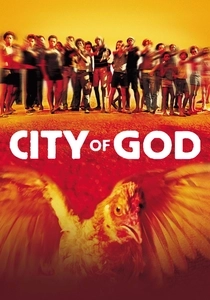
City of God (2002)
Description: This Brazilian film captures the stark realities of life in the slums of Rio de Janeiro, following the lives of two boys who take very different paths. Its raw depiction of violence, poverty, and the quest for a better life makes it a landmark in Latin American cinema.
Fact: The film was shot on location in the real City of God favela, and many of the actors were non-professionals from the area.
 Watch Now
Watch Now 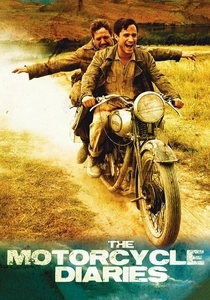
The Motorcycle Diaries (2004)
Description: This biopic traces the transformative journey of young Che Guevara across South America, highlighting the social injustices he encounters. It's a poignant exploration of identity and awakening, set against the backdrop of breathtaking landscapes.
Fact: The film was shot on location, following the actual route Che Guevara took, providing an authentic visual experience.
 Watch Now
Watch Now 
The Headless Woman (2008)
Description: Directed by Lucrecia Martel, this film explores the psychological turmoil of a woman after a hit-and-run accident. Its slow, deliberate pace and focus on internal conflict make it a profound study of guilt and class in Argentina.
Fact: The film was praised for its unique narrative style, which leaves much to the audience's interpretation.
 Watch Now
Watch Now 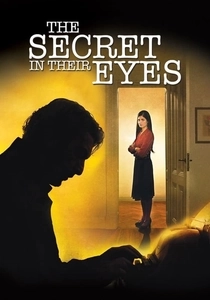
The Secret in Their Eyes (2009)
Description: This Argentine film, a blend of thriller and drama, explores themes of justice, memory, and love through the lens of a retired legal counselor revisiting an old case. Its intricate plot and emotional depth won it an Oscar for Best Foreign Language Film.
Fact: It was the first Argentine film to win an Academy Award in this category.
 Watch Now
Watch Now 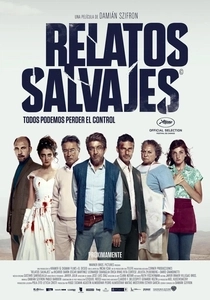
Wild Tales (2014)
Description: An anthology film from Argentina, "Wild Tales" presents six darkly comedic stories about revenge, justice, and the absurdity of life. Its satirical take on human nature and societal norms has made it a favorite in international film festivals.
Fact: The film was nominated for the Best Foreign Language Film at the Academy Awards.
 Watch Now
Watch Now 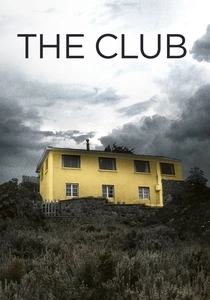
The Club (2015)
Description: From Chile, this film by Pablo Larraín delves into the dark secrets of a group of disgraced priests living in seclusion. It's a stark examination of guilt, redemption, and the Catholic Church's scandals.
Fact: The film was selected as the Chilean entry for the Best Foreign Language Film at the Academy Awards.
 Watch Now
Watch Now 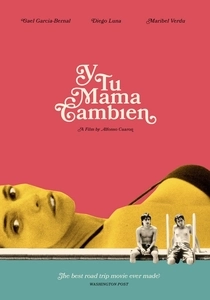
Y Tu Mamá También (2001)
Description: A coming-of-age story about two teenage boys and an older woman on a road trip in Mexico. This film delves into themes of sexuality, friendship, and the political landscape of Mexico, all with a raw and honest approach.
Fact: The film was controversial for its explicit content but was critically acclaimed for its storytelling and performances.
 30 Days Free
30 Days Free 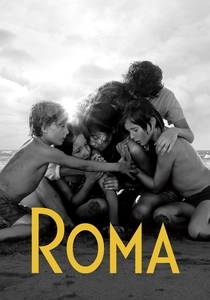
Roma (2018)
Description: Directed by Alfonso Cuarón, "Roma" is a semi-autobiographical film that captures the life of a domestic worker in 1970s Mexico City. Its black-and-white cinematography and intimate storytelling have earned it widespread acclaim.
Fact: The film was shot in a 65mm format, which is rare for a film of this nature, providing a unique visual experience.
 30 Days Free
30 Days Free 
Lake Tahoe (2008)
Description: This Mexican film follows a young man dealing with loss, using a minimalist approach to storytelling. Its serene visuals and quiet narrative explore themes of grief, healing, and the search for meaning.
Fact: The film was shot in real-time, adding to its contemplative atmosphere.
 30 Days Free
30 Days Free 




